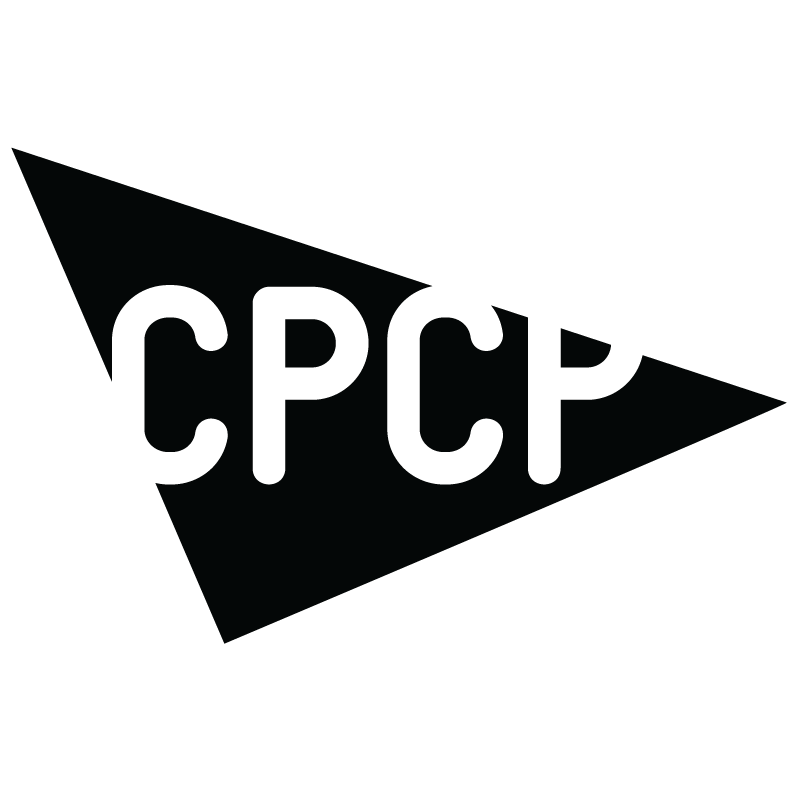Translations: The Distinction between Social & Civic Practice and Why I Find It Useful
This post was originally published by Howlround.com on September 1, 2012.
By Michael Rohd, CPCP Founding Artist
The following is in response to Andy Horowitz’s excellent essay on Culturebot.
Dear Andy,
Very exciting to read your thoughtful and expansive exploration of cross-disciplinary social practice. Thanks for the shout out.
For me, the useful distinction between social practice and civic practice is the starting action of a project and the relationship between artist and (self-defined) non-arts partner (be that an individual or organization, constituency or alliance).
Social Practice work (most of it, and most of the projects and artists you reference) initiates with an artist’s desire to explore/create a conceptual event or moment of their design. The design and/or execution may engage non-artists in any number of ways: it may leverage non-arts partners and community resources, it may intend to specifically impact the social or civic life of the context in which it occurs in measurable ways, or it may intend to exist as an aesthetic interruption from which impact is to be derived in an open, interpretive manner. But alongside whatever social or civic needs the project addresses, the leading impulse and guiding origin energy is from the artist.
Civic Practice is activity where an artist employs the assets of his/her craft in response to the needs of non-arts partners as determined through ongoing relationship-based dialogue. The impulse of what to make comes out of the relationship, not an artist-driven proposal.
I don’t think Civic Practice and Social Practice are the same thing. The term Civic Practice aims to help establish an area of artistic practice framed by markers having to do with intention and process.
As your writing points out, Social Practice covers a tremendously varied and large body of work. Your call to build bridges of vocabulary, of resources, and of practice is powerfully needed; the Center for Performance and Civic Practice is indeed focused on this call as well. And inclusivity is one of the most powerful tools for gathering together to examine cross-field convergences and divergences. But as we do that, I believe it's worth helping artists and non-arts partners find ways to acknowledge that on the continuum of arts-based practice that engages beyond traditional audience models for civic impact, the types of participation and partnerships we create, and the reasons we create them, are complex. So complex, that if we lump them all together, we actually do a disservice to both the artist trying to build a relationship in community and the community partner looking to benefit from participatory arts.
Sometimes an artist seeks a partner because the work they want to do needs what that partner brings to the table. And sometimes artists build relationships they hope will lead to partnerships, and through listening to that partner’s needs, they develop practice.
Who approached whom with what assets?
Who has what needs?
How does collaboration lead to the discovery of form, content, and desired impact?
Looking back, I realized that for most of Sojourn Theatre’s thirteen years, we have made theater work that functions more on the Social Practice continuum than the Civic Practice one. But for over twenty years I myself, mostly separate from my work with Sojourn, have been doing what I now call Civic Practice work. Because the areas are bleeding into each other, as are the conversations I find people engaged in across the theater field and across the country, there is a danger that our work and our terminology could become so abstract that it is “values blind”—meaning that we are unable to discuss our own relationship to impact and partnerships in any shared comprehensible way. This is a challenge in our own institution and funder-fueled world, as well as in the more important cross-sector conversations that we need to be joining.
There are practitioners in this country who don’t self-define as artists, but as organizers, urban and civic planners, and experience designers. There are young people around the nation (and by young, I mean especially those eighteen- to twenty-five-year-olds) reaching out and constructing meaningful creative work in their communities. There are students demanding courses that help them take art out of the venues and into the streets—many of these self-determined agents of change are making. They are making objects, making encounters, and making spaces that we recognize from across our discrete disciplines in the arts, and they are making in ways that we can’t name. Which is great news for all of us.
There are young people around the nation... reaching out and constructing meaningful creative work in their communities. There are students demanding courses that help them take art out of the venues and into the streets...
But we can name how we think and talk about intention. And the ways we work with people across interests and needs and public spheres. As you so astutely point out, the longer we wait to open ourselves to conversations happening in fields different from our own, the less opportunity we will have to both learn from and make offerings to those fields. Without clear language, we are hampered.
I am currently on a three-week working trip across Scandinavia leading workshops and giving talks about this subject. I am seeing projects that indeed blur lines but also seem to be helped immensely by noting where starting impulses come from, what obligation all parties take on in regard to impact, and how partnerships are defined as transactional, collaborative, or service relationships.
My talks here are labeled “Theater and Civic Practice.” Yesterday, a Finnish critic came up to me and said, “Ah, you have taken our work and renamed it in the US. Good.” I asked him what he meant. He replied, “Here, we have started to call our applied work Civic Navigation.” I told him I didn’t know that. He smiled and said, “I don’t believe you.”
